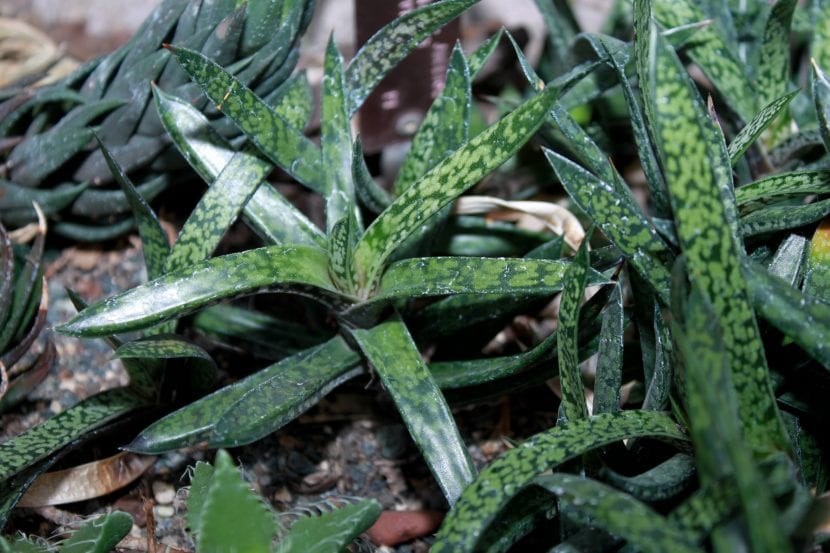
Image - Wikimedia / Brian Gratwicke
All the gastronomy They are non-cacti succulents that, although they do not enjoy the popularity of others, they are very beautiful, resistant and easy-to-care plants that cannot be missing in any collection. They can even be planted in gardens, in those corners where direct sunlight does not reach.
Do you want to know how they are cared for? Well, then I am going to explain everything you must take into account if you want to get a copy and make it last for several years.
Origin and characteristics
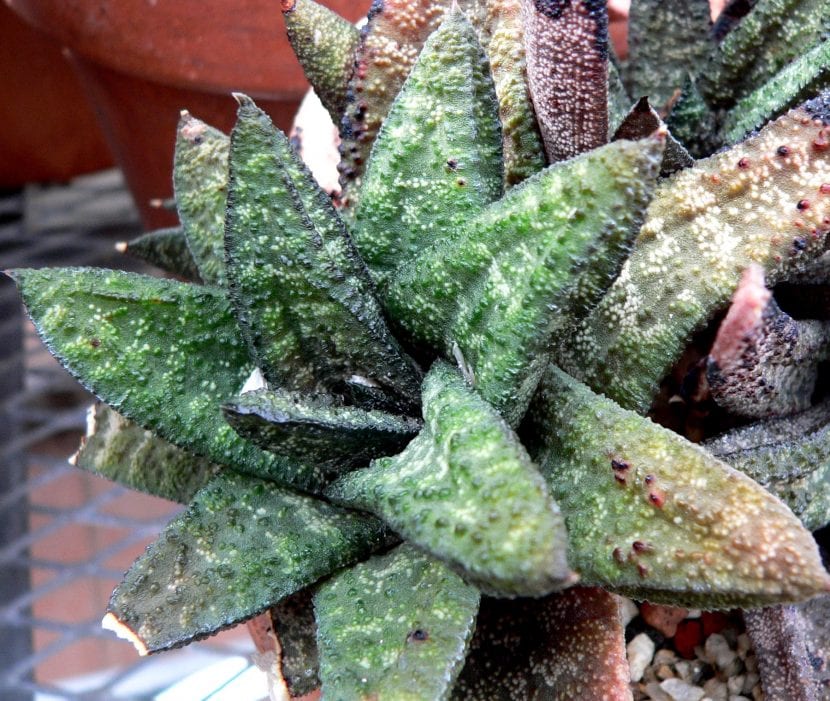
Image - Stan Shebs // Batesian gasteria
Our protagonist is a genus of non-cacti succulent plants that are native to South Africa. They are related to both Aloe and Haworthia, and in fact often cross between them. They produce fleshy, leathery, and lanceolate leaves that are green, whitish-green, or variegated, often with small white spots.. In spring-summer the flowers sprout, grouped in spike-shaped inflorescences of pink or pink-orange color.
They do not exceed 40 centimeters, but as they tend to take suckers from the roots, they can occupy a pots of about 20 cm in diameter in a matter of 3-4 years.
Main species of Gasteria
The most popular are:
Gasteria amstrongii (now it's called Gasteria nitida var. amstrongii)
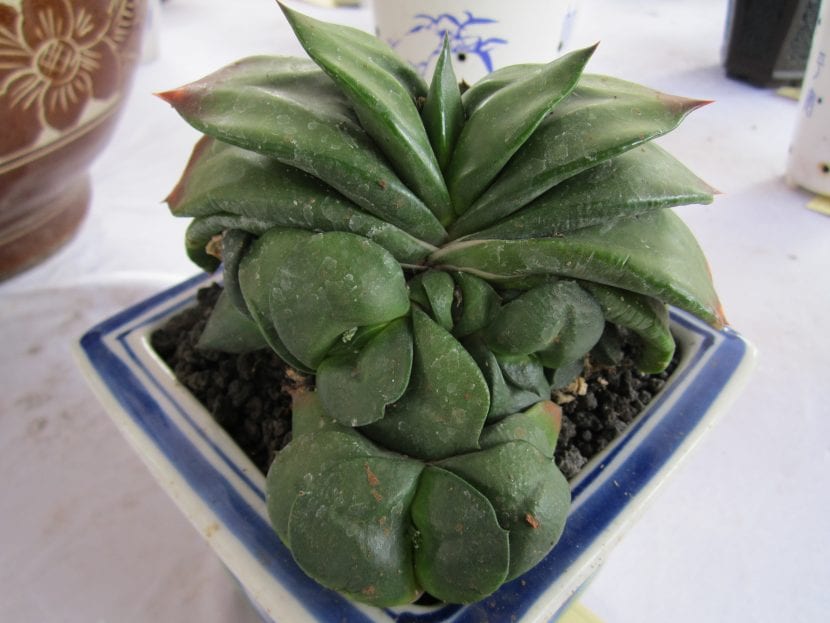
Image - Wikimedia / 22Kartika
It is a small succulent plant, 6 to 20 centimeters tall, which develops green leaves.
gasteria carinata

Image - Wikimedia / Abu Shawka
It is a succulent plant between 20 and 40 centimeters high, characterized by produce green leaves with numerous white dots.
Verrucosa gasteria (now it's called Gasteria carinata var. verrucous)

Image - Wikimedia / Hippocampus
It is a small plant 3 to 7 centimeters tall, which develops dull green leaves and with numerous white spots.
How do you care for the Gasteria?
Do you want to have a copy? If so, we recommend taking care of it as follows:
Location
- Body exterior:: these are plants that, whenever possible, should be outside the homes, in a bright corner but without direct sun.
- Interior: in the case that you do not have a balcony, patio, or garden, they can be grown in rooms that get a lot of sunlight. But beware, they should never be placed right in front of the window since otherwise they would burn due to the so-called magnifying glass effect.
Irrigation
Rather little. The substrate or soil must be allowed to dry between waterings. During the autumn-winter it may be enough -depending on the weather- to water once a month or every month and a half.
Never wet the leaves, and it is also not good to make them thirsty to the point that the leaves become "wrinkled."
Earth

Image - Flickr / Reggie1 // gasteria glomerata
- Flower pot: although they live well in mobs or in universal substrate, the ideal is to have them in volcanic sands such as the pomx (for sale here).
- Garden: they grow in sandy-type soils, with excellent drainage. If yours isn't, don't worry: make a hole big enough for a block of those holes to remain, insert the block, and then cover its sides with shading mesh. Finally, you will only have to fill it with pumice.
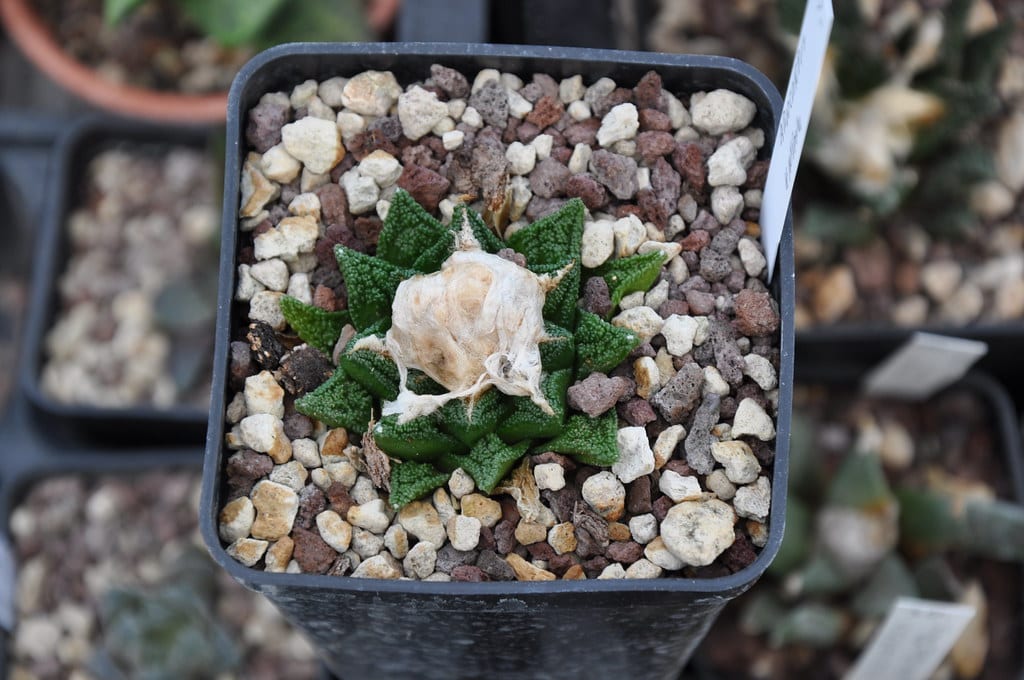
Subscriber
In addition to water, plants need 'food' to be healthy. For this reason, it is highly advisable to fertilize Gasteria with a specific fertilizer for cacti and other succulents (for sale here), from early spring to late summer, following the indications specified on the package.
In the case of living in an area without frost or in a mild climate (with minimum temperatures of up to -2ºC), you can also pay in autumn.
Pruning
They do not need it, but it is advisable to remove the dry leaves and wilted flowers.
Gasteria Multiplication

Image - Wikimedia / David J. Stang
They multiply by seeds and by separation of suckers in spring-summer. How to proceed in each case? Let's see it:
Seeds
To multiply them by seeds you have to sow them, for example, in seedling trays (for sale here) or conventional pots with holes (on sale here) filled with vermiculite (for sale here) previously moistened with water.
Keeping the seedbed outside, in semi-shade, they will germinate in about 10 days.
Young
It is the easiest and fastest way to get new specimens, since you simply have to separate them from the mother plant when they are about 2-5cm tall, let the wound dry in semi-shade for about five days, and finally plant them in pots -individual or not- with apices placed in semi-shade.
Thus, and keeping the substrate always slightly damp, they will emit their own roots in about two weeks.
Planting or transplanting time
En spring. Change pot every 3 or 4 years. The ideal is to have them on trays that are wider than they are tall.
Plagues and diseases
They are very resistant, but unfortunately against mollusks (snails and slugs) they need us to give them a hand with anti-snail remedies.
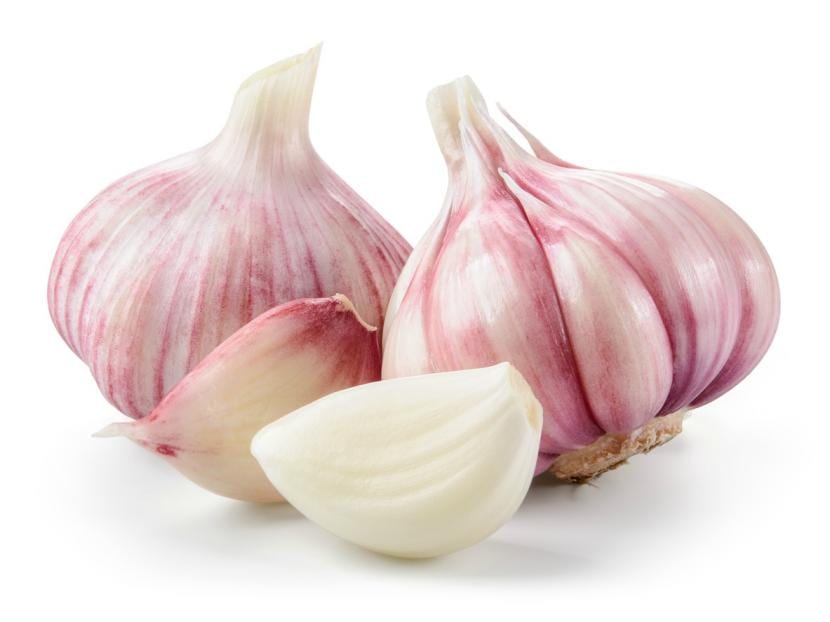
Rusticity
They resist the cold but not the intense frosts. Its cultivation outdoors all year round is only recommended if the minimum temperature is -2ºC, and for a short time.

Image - Flickr / Reggie1
What did you think of the Gasteria? Do you have or do you dare to have any? 🙂